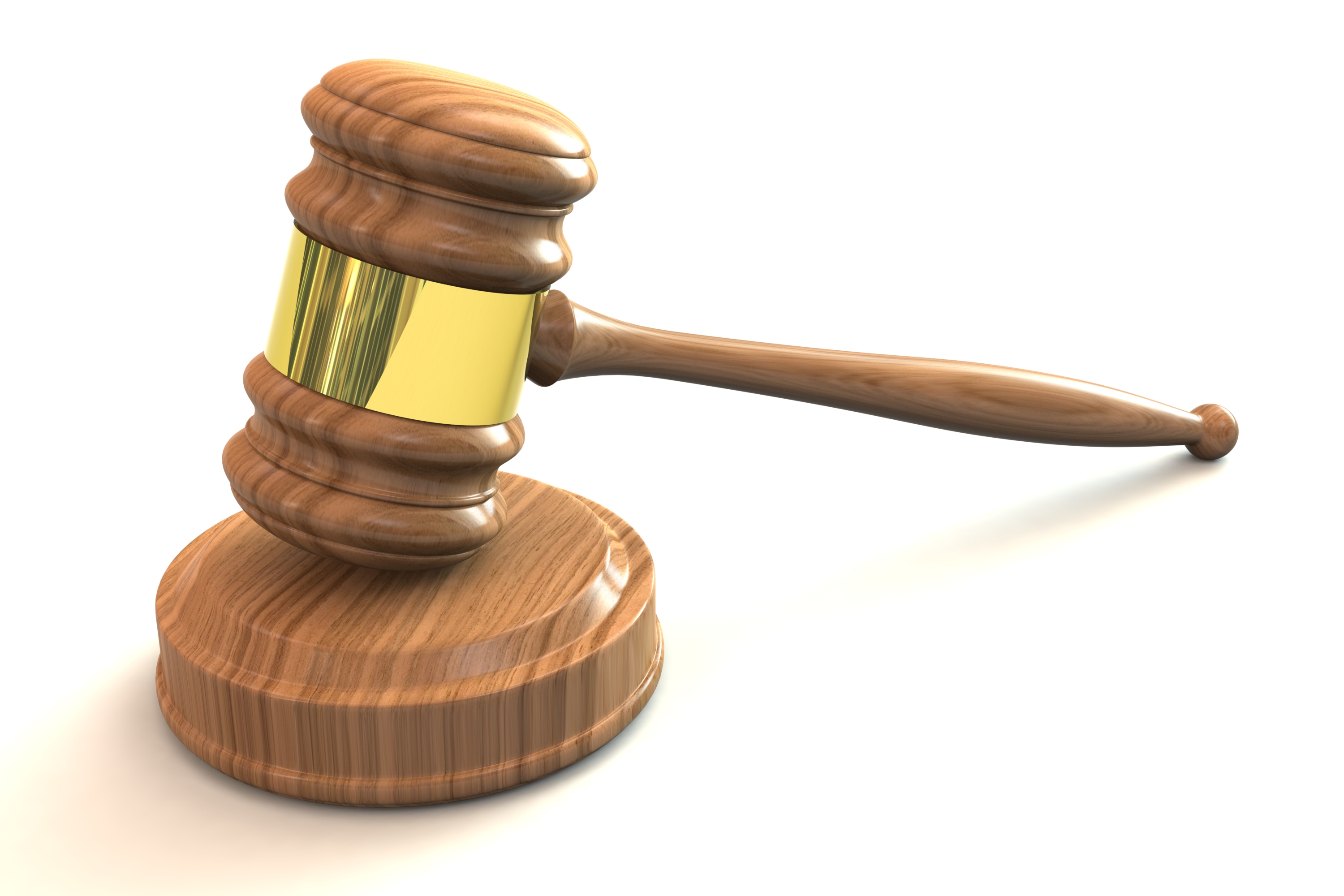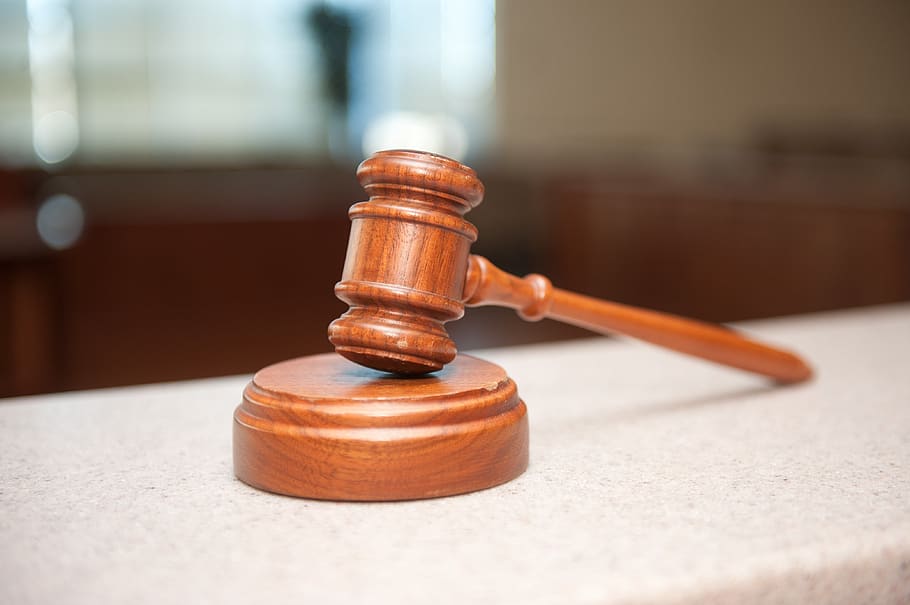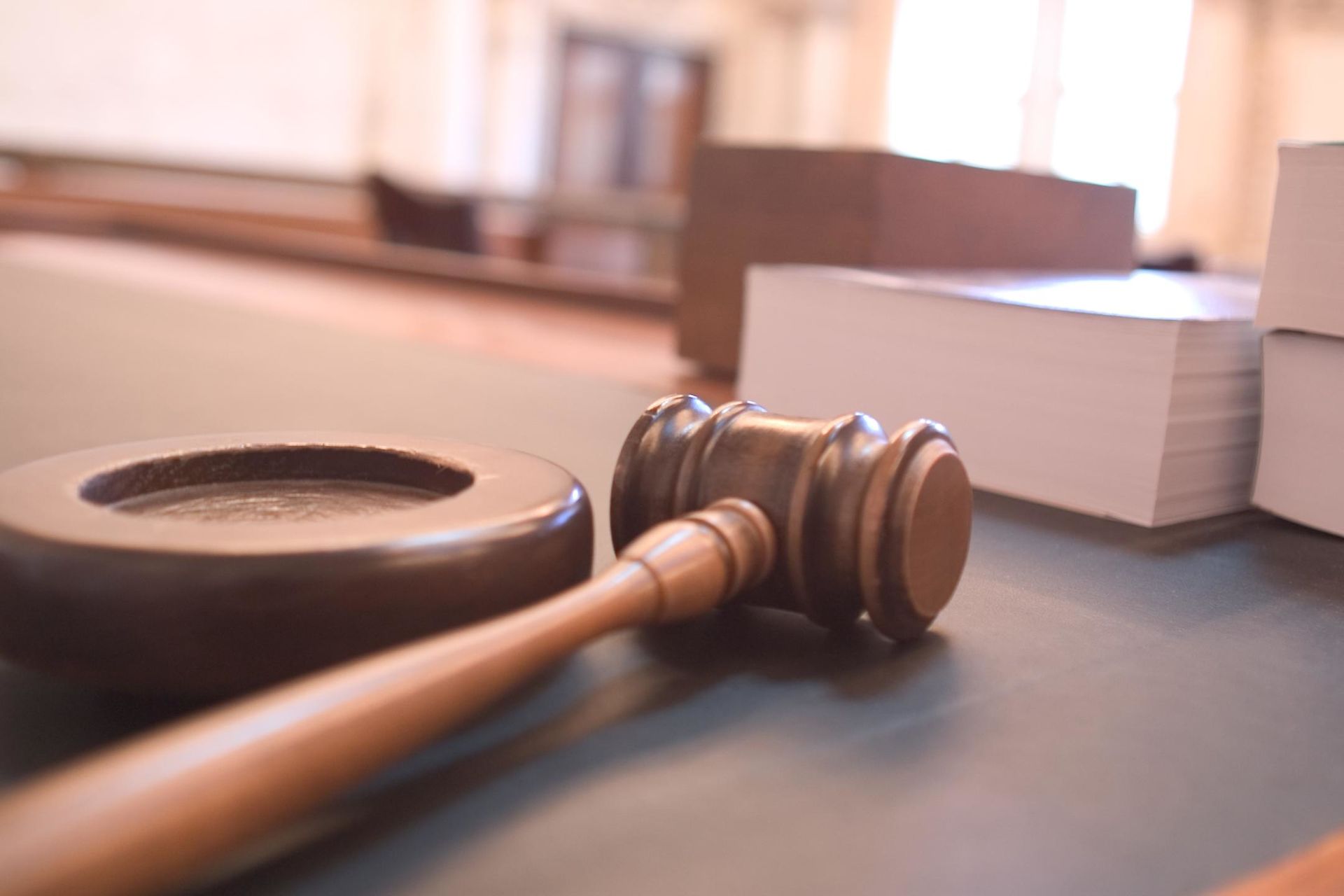Tag: Article III federal judges
-
Monthly tracker: Article III federal judicial nominations by president by days in office since 2001

Through July 1, 2022, there were 890 authorized federal judicial posts and 77 vacancies. Seventy-five of those were for Article III judgeships. This report is limited to Article III courts, where appointees are confirmed to lifetime terms. In the past month, three judges have been confirmed In the past month, nine judges have been nominated*.…
-
Biden appointed second-most federal judges through July 1 of a president’s second year

President Joe Biden (D) has appointed and the U.S. Senate has confirmed 69 Article III federal judges through July 1 of Biden’s second year in office. This is the second-most Article III judicial appointments through this point in all presidencies since 1981. President Bill Clinton (D) appointed the most judges by this point in his…
-
Ballotpedia releases federal judicial vacancy count for June 2022

In this month’s federal judicial vacancy count, Ballotpedia tracked nominations, confirmations, and vacancies in Article III courts during the month of June through July 1, 2022. Ballotpedia publishes the federal judicial vacancy count at the start of each month. Highlights Vacancies: There have been three new judicial vacancies since the May 2022 report. There are…
-
Monthly tracker: Article III federal judicial nominations by president by days in office since 2001

Through June 1, 2022, there were 890 authorized federal judicial posts and 77 vacancies. Seventy-five of those were for Article III judgeships. This report is limited to Article III courts, where appointees are confirmed to lifetime terms. In the past month, six judges have been confirmed In the past month, eight judges have been nominated*…
-
Monthly tracker: Article III federal judicial nominations by president by days in office since 2001

Through May 1, 2022, there were 890 authorized federal judicial posts and 77 vacancies. Seventy-five of those were for Article III judgeships. This report is limited to Article III courts, where appointees are confirmed to lifetime terms. In the past month, two judges have been confirmed In the past month, 10 judges have been nominated*…
-
Biden has appointed most federal judges through May 1 of a president’s second year

President Joe Biden (D) has appointed and the U.S. Senate has confirmed 60 Article III federal judges through May 1 of Biden’s second year in office. This is the most Article III judicial appointments through this point in all presidencies since 1981. The Senate had confirmed 33 of President Donald Trump’s (R) appointees at this…
-
Biden nominates five to Article III courts on April 27

President Joe Biden (D) announced his intent to nominate five individuals to Article III judgeships with lifetime terms on April 27: Sarah A.L. Merriam, to the U.S. Court of Appeals for the 2nd Circuit Lara Montecalvo, to the U.S. Court of Appeals for the 1st Circuit Elizabeth Hanes, to the U.S. District Court for the…
-
Biden nominates five to Article III courts

President Joe Biden (D) announced his intent to nominate five individuals to Article III judgeships with lifetime terms on April 13: John Z. Lee, to the U.S. Court of Appeals for the 7th Circuit Sal Mendoza, Jr., to the U.S. Court of Appeals for the 9th Circuit Stephen Locher, to the U.S. District Court for…
-
Monthly tracker: Article III federal judicial nominations by president by days in office since 2001

Through April 1, 2022, there were 890 authorized federal judicial posts and 74 vacancies. Seventy-two of those were for Article III judgeships. This report is limited to Article III courts, where appointees are confirmed to lifetime judgeships. In the past month, 12 judges have been confirmed In the past month, no judges have been nominated*…
-
Monthly tracker: Article III federal judicial nominations by president by days in office since 2001

Through March 1, 2022, there were 890 authorized federal judicial posts and 80 vacancies. Seventy-eight of those vacancies were for Article III judgeships. This report is limited to Article III courts, where appointees are confirmed to lifetime judgeships. In the past month, one judge has been confirmed In the past month, two judges have been…

